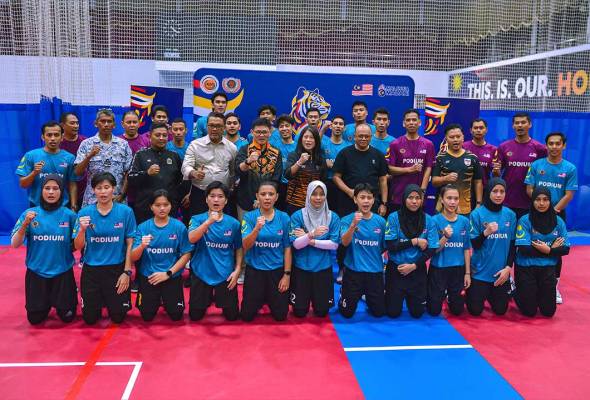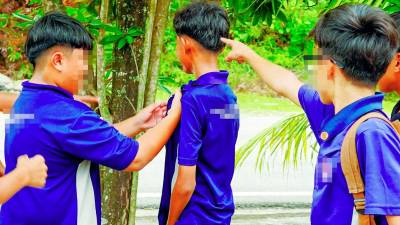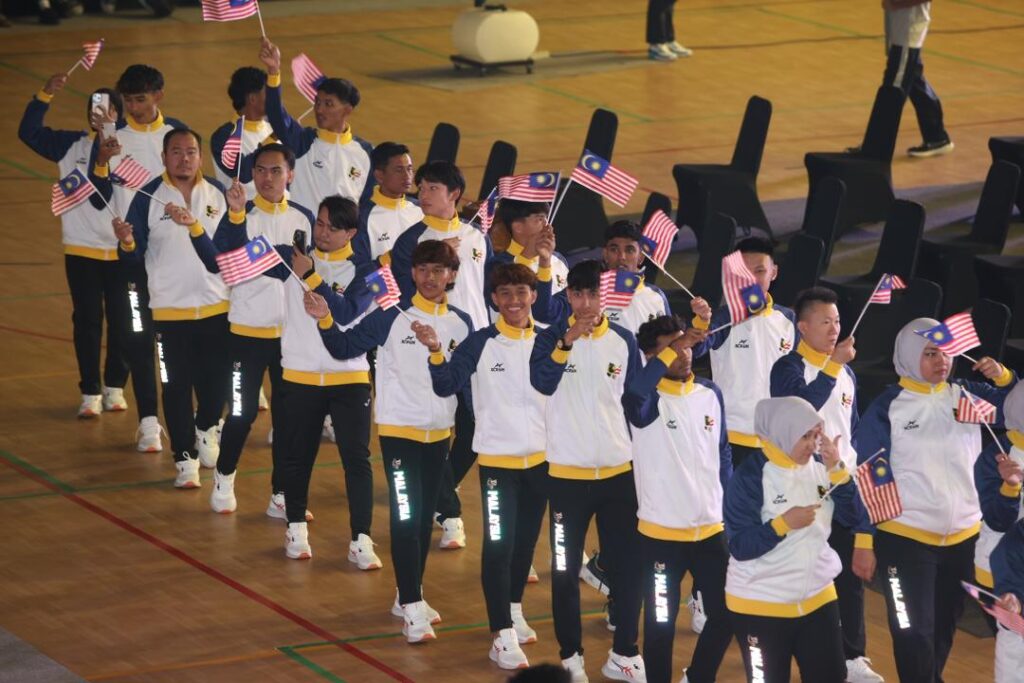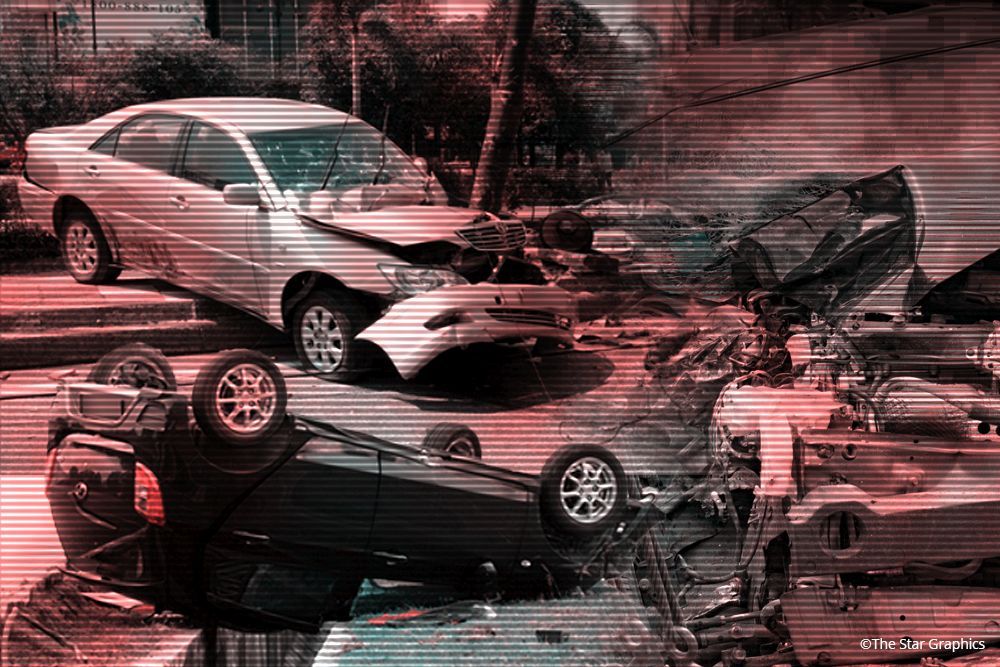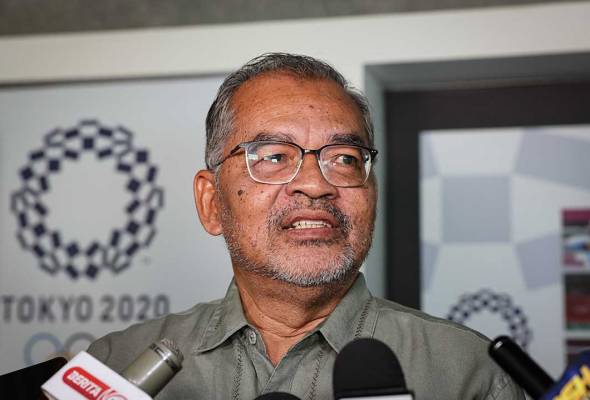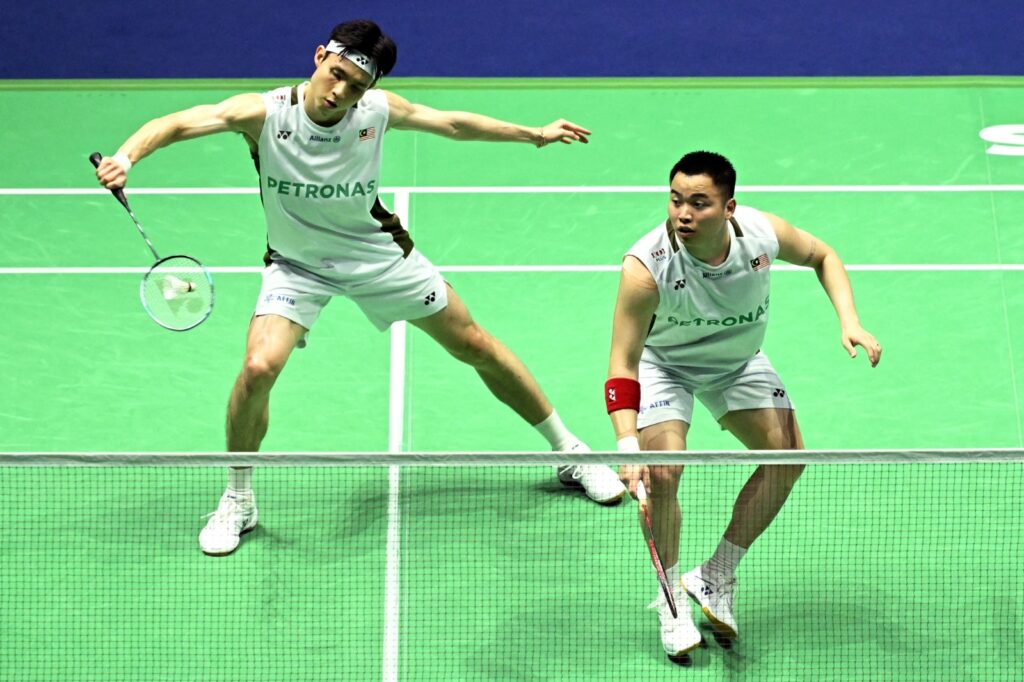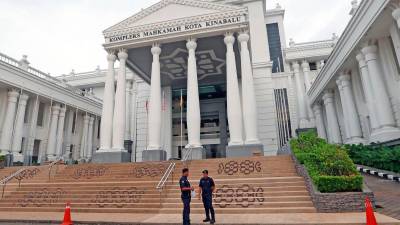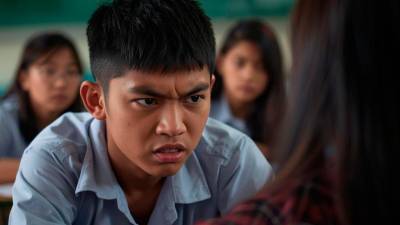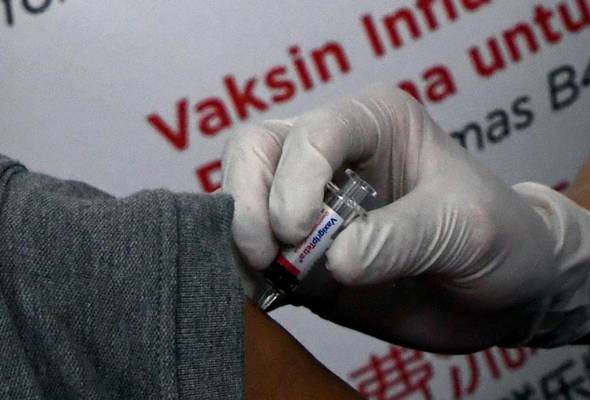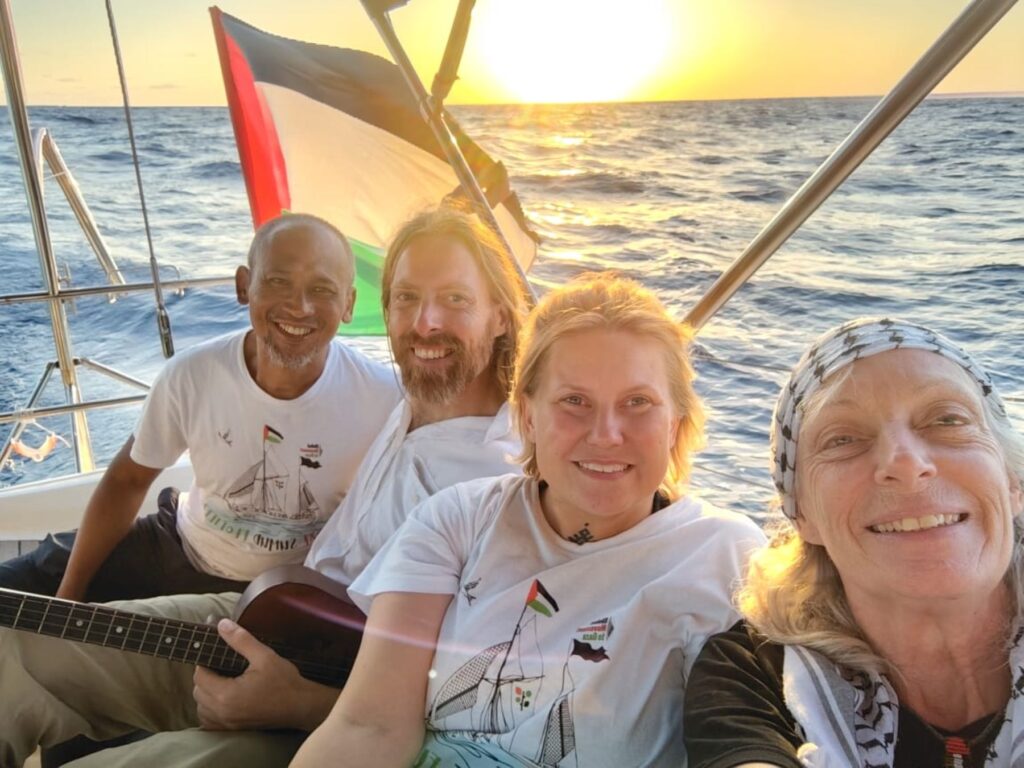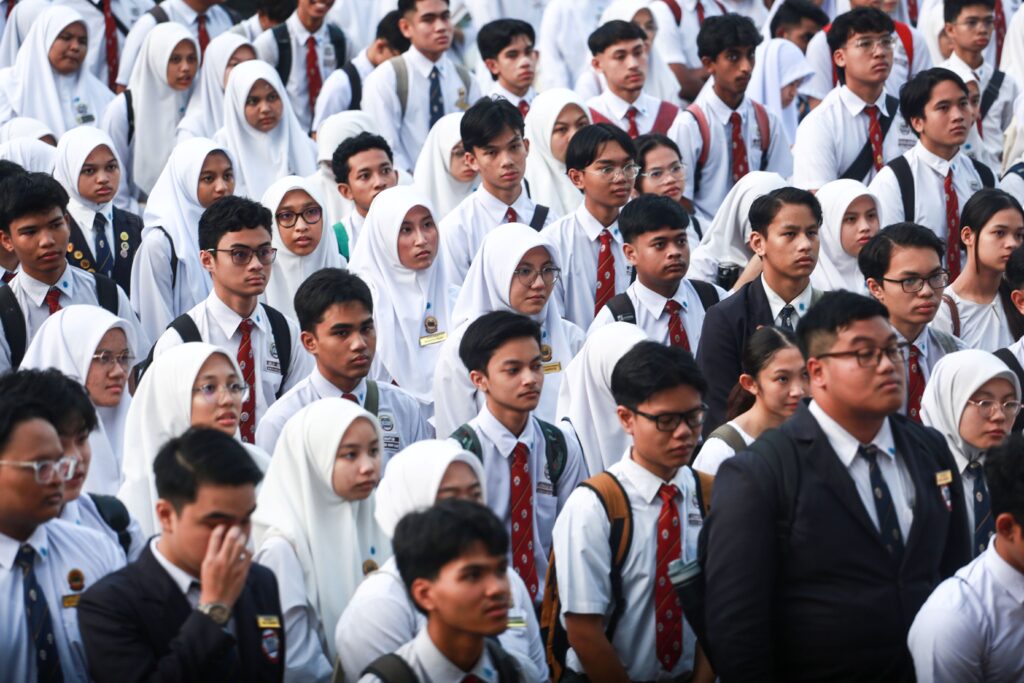
Nilai semula tahap keselamatan anak-anak di sekolah
DI sebuah sekolah di Melaka, seorang pelajar perempuan Tingkatan Tiga diperkosa bergilir-gilir oleh dua senior di dalam kelas yang sepatutnya ruang itu menjadi taman ilmu. Lebih menyayat hati, perbuatan jijik itu dirakam dan ditonton pula oleh rakan mereka. Pada detik itulah papan putih menjadi saksi ngeri, meja belajar menjadi lantai jenayah dan telefon bimbit bertukar ... Read more The post Nilai semula tahap keselamatan anak-anak di sekolah appeared first on Utusan Malaysia .

